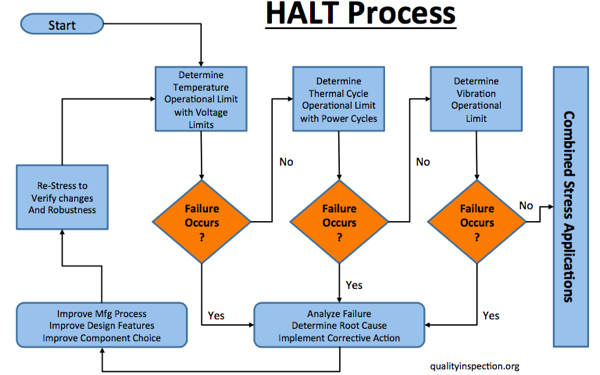Search This Supplers Products:Inspection ServicePre-shipment InspectionsFactory inspectionContainer loading inspectionSourcing serviceOrders follow up
Reliability Testing on Electronic Products in China: Don’t Skip It
We have worked with many companies that have designed an electronic product and had it manufactured in China, yet they tend to have a common blind spot: running reliability testing on electronic products.
Why do electronic product importers overlook reliability testing?
Importers tend to think that doing great design and working with the right EMS supplierwill save them a lot of trouble. And that’s true, it certainly does.
They often know about the need to know where the critical components come from and to have access to the source code, about the need to visit factories, and about the need for inspections before shipment.
They sometimes know about the importance of setting up the right testing stations, doing a pilot run (aka ‘PVT’ for consumer electronics), and some other process engineering work.
However, there is one blind spot that I see consistently: most of them have never thought of doing reliability testing.
What is reliability testing for electronic hardware?
The idea is to get the product to function in extreme conditions (temperature, humidity, vibrations…), in order to see if/when it fails. Ideally, the tests should mimic the normal use of the product.
The best time to run such tests is typically in the pre-production stage, once all the components (including the battery management system, any firmware, etc.) that will be used for mass production are available. The units to test should be made in the exact same way mass production will be manufactured. It is often called HALT (Highly Accelerated Lifetime Testing):
HALT is applied to the initial product testing stages prior to production and its primary objective is to highlight failure modes and weaknesses in the design so that the design can be modified and improved to eliminate any weaknesses found.
The general approach often looks like this:
What type of issues can be avoided thanks to reliability testing?
Here are three examples of issues that are not that uncommon in electronic products:
- Some components soldered on the PCB board move (and get disconnected) due to vibrations in transportation
- Capacitors have micro-level defects that only cause issues when the product is exposed to humid ambient air
- A battery stops operating normally at a temperature that would be considered normal (say, 5 degrees in Siberia)
Reliability tests can help you catch these issues before it is too late!
These tests often catch design issues that would seldom be detected with inspections after production (actually, those issues often become obvious once the product is in the customer’s hands!)
What is a common reliability testing program for electronics?
Let’s take an example, based on a relatively simple product with a mechanical element but no wifi/bluetooth/4G connection. A good testing plan might look like this.
a) Environmental simulations
- High temperature
- Low temperature
- Cycling at different levels of temperature
- Salt spray
b) Mechanical simulations
- Drop test (without packaging)
- Vibration test (without packaging)
c) Lifetime simulations
- Many on/off cycles for the motor
- Pressing the buttons many times
d) Packaging suitability
- Drop test (with packaging)
- Vibration test (with packaging)
How deep can it go?
If you purchase millions of pieces of a particular model, you will certainly want to go more in-depth with the testing, and a good laboratory can assist you in this.
For example, when it comes to batteries (a product we know pretty well), here are some examples of points that can be assessed:
- External short-circuit (cell)
- External short-circuit (battery)
- Free fall
- Thermal abuse (cells)
- Crush (cells)
- Over-charging
- Forced discharge (cells)
- Mechanical tests
- Design evaluation — Forced internal short-circuit (cells)

